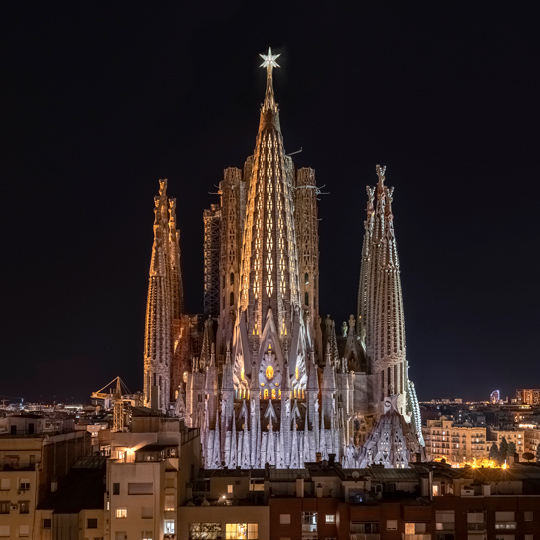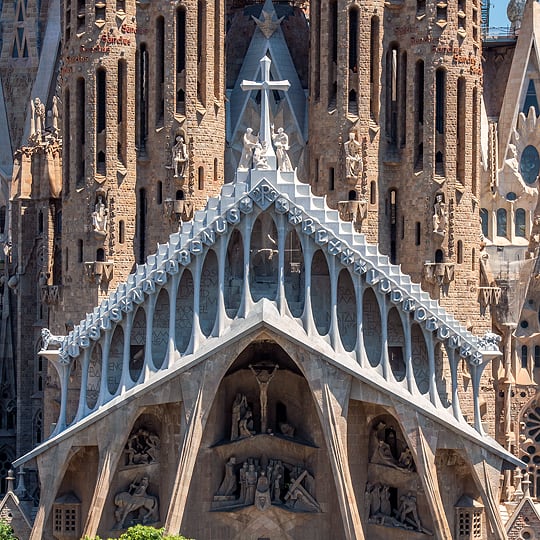More than 135 years after the first stone was laid, the building is still under construction. The first proposal for the structure was put forward in 1882 by Francisco de Paula de Villar, a project made up of designs that ultimately bore no resemblance to the basilica’s final appearance. Paula de Villar had mapped out a basilica abounding in neo-Gothic elements, but, in the end – due to various setbacks and misunderstandings – he was relieved of his duties one year later and the project was handed over to Antonio Gaudí, a promising architect who changed the direction of the construction.









